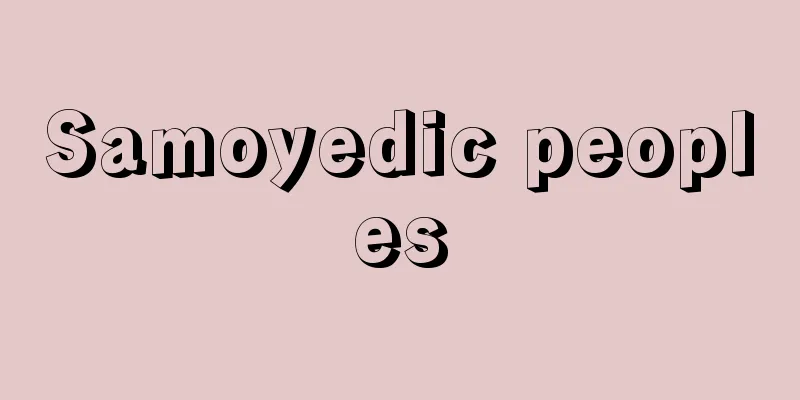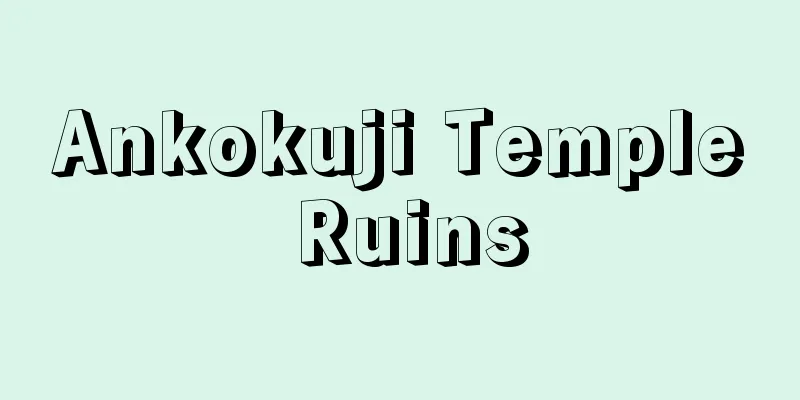Yellow

|
The wavelength of light that corresponds to yellow is approximately 573 to 578 nanometers. Yellow is generally perceived as much brighter than other colors when the light stimulus is the same. This is because the human eye is sensitive to wavelengths around yellow. Yellow is not one of the three primary colors of light, but it is one of the primary colors when colorants are mixed (subtractive color mixing). The character for yellow is also a connotative character composed of the characters for "light" and "field," and is written as the color of fields. Therefore, in a sense, it can be said to be a familiar color. Yellow is generally associated with flashy, warm, bright, strong, cheerful, clear, and somewhat excited images. The color itself brings to mind images of lemons, sunflowers, canaries, tangerines, bananas, and dandelions. Yellow also symbolizes cheerfulness, vigor, activity, and caution. For these reasons, the image yellow symbolizes would be soft, bright, fun, happy, cheerful, and pleasant to the touch. This is an image of something that radiates outward, just like red, but compared to orange, the degree of this is somewhat weaker, and it seems to have a softer feel. Preference for yellow is not so high among adults, but is said to be relatively high among children, and the preference tends to decrease as people get older. The human eye is more sensitive to yellow than other colors under the same light intensity, so it generally feels brighter. Therefore, by combining it with a dark color, the contrast effect makes it easier to see from a distance. Taking advantage of this, the combination of yellow and black is often used for things that need to be easily seen from a distance. Examples include signs at railroad crossings, and it is often used for safety zones and work clothes for road construction. [Ichiro Souma] [Reference item] | |Source: Shogakukan Encyclopedia Nipponica About Encyclopedia Nipponica Information | Legend |
|
黄色に対応する光の波長は、ほぼ573~578ナノメートルである。黄は、一般的に光刺激が同じであると、他の色に比べてかなり明るく感じる。これは人間の目が、黄の波長付近に対して敏感であることによっている。黄は光の三原色ではないが、色料の混色(減法混色)の場合には原色の一つに入っている。また、黄という文字は「光」と「田」の含意文字で、田の色のことと書かれている。したがって、ある意味では身近な色といえよう。 黄は一般的に、はでな、暖かい、明るい、強い、陽気な、はっきり、やや興奮した、といった印象がもたれている。連想としては、色そのものから思い浮かべられるレモン、ヒマワリ、カナリヤ、ミカン、バナナ、タンポポなどがあげられる。また、黄が象徴するものとしては、明朗、快活、活動、注意などがあげられる。このようなことから、黄が象徴するイメージとしては、柔らかい、明るい、楽しい、幸福な、陽気な、肌ざわりがよい、といったことになるであろう。これは、赤などと同様に外に発散するというイメージであるが、オレンジ色などに比べるとその度合いがやや弱く、柔らかみが増すようである。 黄に対する好みは、成人の場合にはそう高くない。しかし、子供のときには比較的高いといわれており、年齢が進むにつれ、好みが減少する傾向がみられる。 人間の目は、同じ光の強さのもとでは、黄を他の色より敏感に感じるため、一般に明るく感じられる。したがって、暗い色と組み合わせることにより、その対比効果で遠くからよく見える。これを利用して、黄と黒の組合せが、遠くからよく見えることが必要とされるものに使われることが多い。たとえば踏切の標識などはこの例であるし、安全地帯や道路工事の作業服などに用いられることも多い。 [相馬一郎] [参照項目] | |出典 小学館 日本大百科全書(ニッポニカ)日本大百科全書(ニッポニカ)について 情報 | 凡例 |
Recommend
Zhu Zhixin (English spelling)
1885‐1920 Chinese revolutionary. Born in Guangzhou...
Wasabinoki - Wasabi tree
A small deciduous tree of the Moringaceae family ...
Anglo-Sikh Wars
Two wars broke out between the Indian Sikhs (→Sikh...
Ifumuke - Ifumuke
...The former is a song in which a mother literal...
Kuchinoerabu Island
It is also called "Kuchierabujima". It ...
Arkansas [State] - Arkansas
A southern state in the United States. Abbreviated...
Suite (English: Suite)
A form of instrumental music in Western music. (1...
Coralliidae
…A general term for coelenterates belonging to th...
reins
…The Latin word lumbus has both the meaning of th...
HelloBore
...It produces large panicles at the top of the s...
whey
…This coagulated substance is called curd, and it...
Stories about Dojoji Temple
A classification term for Japanese theater, dance,...
Upper edge - Ageha
...The musical form is usually composed of three ...
Wayang orang (English spelling)
…Wayang goreh in Western Java is still popular to...
Palm - palm (English spelling)
A general term for palm plants. It is divided int...









